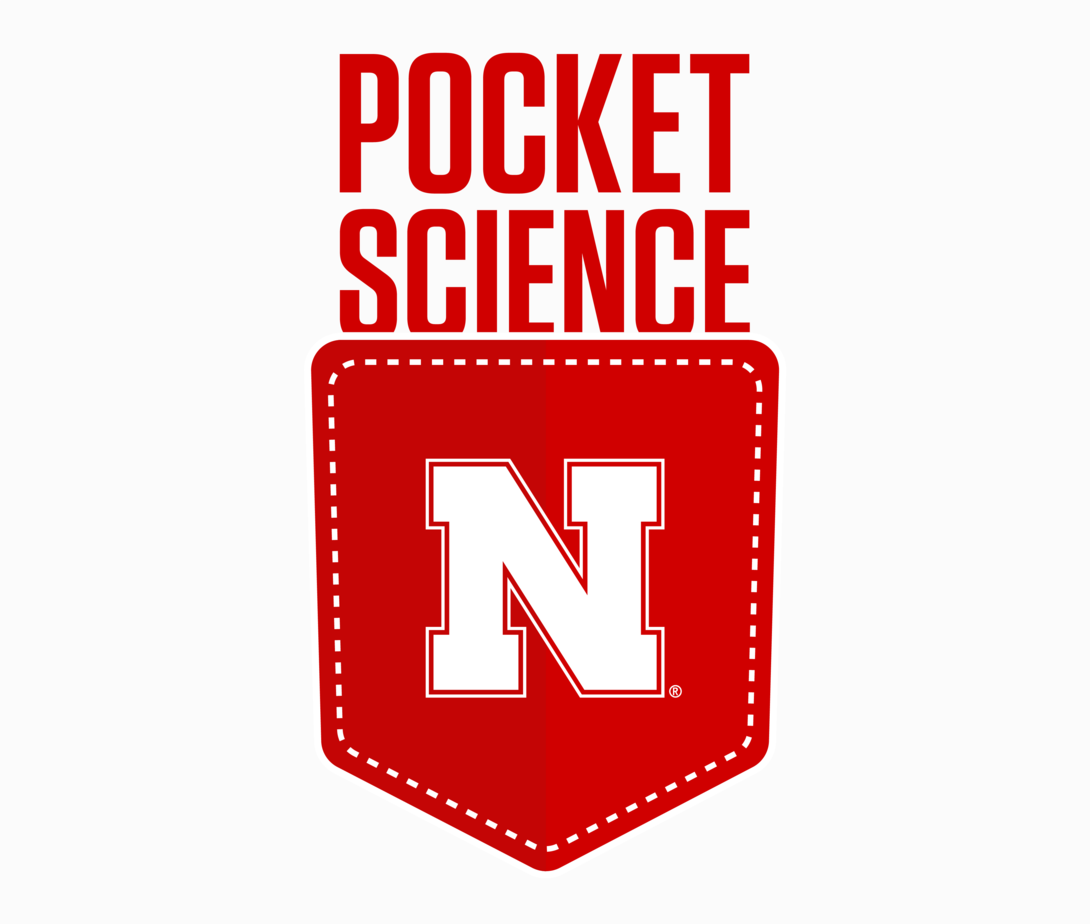
Welcome to Pocket Science: a glimpse at recent research from Husker scientists and engineers. For those who want to quickly learn the “What,” “So what” and “Now what” of Husker research.

What?
Introducing chemical impurities to a material for the sake of tailoring its properties or performance — sometimes called doping — has long proven vital in electronic engineering, especially the fabrication of semiconductors and other microelectronic components.
Doping a microscopically thin layer of diamond with boron, for instance, primes it for use in electrochemical sensors by making it more sensitive to agents it’s tuned to detect. Unfortunately, doping can jumble the precisely ordered atomic structure of diamond and other crystalline materials, diminishing conductivity and other properties that make them so prized in the first place.
So what?
Nebraska’s Yongfeng Lu and colleagues decided to experiment with an emerging laser-based approach to the crystallinity problem, using boron-doped diamond as a case study.
Flames can be used to combust gaseous chemicals, yielding molecules that then react with an underlying material and coat it in the desired dopant. After firing a finely tuned laser at a flame to modify the chemistry taking place within it, the researchers found that the resulting boron-doped diamond boasted higher crystalline integrity than it did sans the laser.
That crystallinity allowed electric charges to move faster through the material than a commercially available counterpart. When the researchers tried out the material as an electrode in a glucose sensor — the sort used to test for diabetes — they found it could detect lower concentrations of the sugar. And the boron-doped diamond itself actually grew at a substantially faster rate when fabricated with the laser than without.
Now what?
Further studying the general principles and specific outcomes of applying lasers when doping materials could help widen the crystalline bottleneck that has long constrained the semiconductor industry, the researchers said. Balancing the benefits of doping and crystallinity could help refine materials critical in microelectronics, optics, sensing and energy storage.







